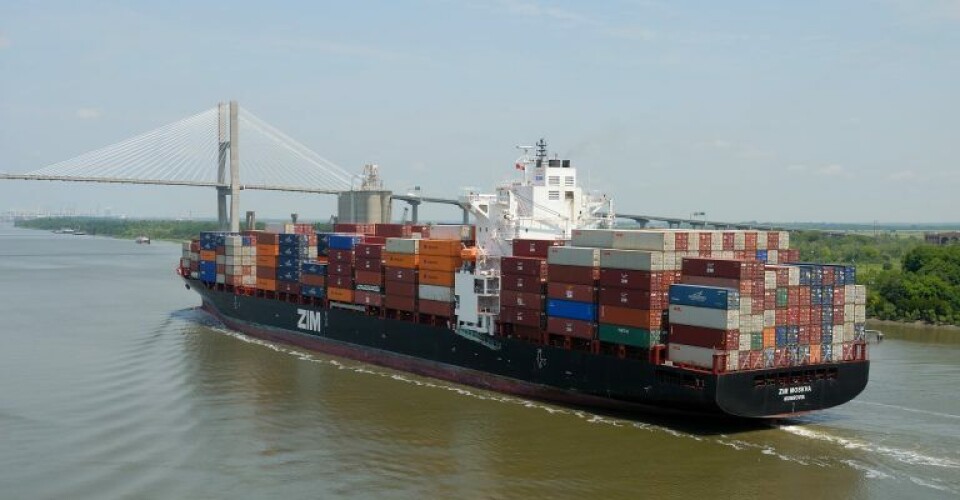Experts weigh in on Bulk Carrier Safety

Structural design of bulk carriers considered key to their safety.
By Vikram Malik, Maritime Direct India Correspondent
Industry experts weighed in on factors that can render bulk carriers safer and less susceptible to accidents, during a webinar held on 27 January 2021 as a part of Riviera’s Bulk Carriers Webinar Week.
The emphasis was clearly on ways naval architects could design bulk carriers better so that they were less prone to structural failures. Alongside, past maritime accidents were considered as fundamental lessons to learn from.
Instances of such incidents include ship groundings as seen with the Wakashio, a Panamanian Capesize bulker that ran aground in Mauritius in July last year. A similar instance would be the bulk carrier MV Eurosun which ran aground off Sri Lanka’s southern coast while carrying a cargo of cement clinker.
Structural design flaws
While machinery failures and poor navigation have led to several grounding cases, majority of accidents occur due to flawed structural integrity of ship hulls and poor cargo management. Other factors include high tensile steel corrosion and compromised section modulus.
Further, ill-conceived use of disparate metals like plating with weld material has often led to erosion at crucial hull joints.
Another vital design flaw that was pointed out is the use of excessively heavy hatch covers on bulkers. They are unwieldy and tough to operate, especially since they are prone to changing shape in hot weather conditions.
Improper cargo management
Poor cargo management and handling was also blamed for several issues faced by bulk carriers. Cargo liquefaction, for instance, is an aspect often overlooked by shipping companies and crew.
Moreover, loading is frequently done poorly such that it places undue stress on hulls, thus weakening the structural integrity of bulk carriers over time.
This has also been the factor behind frequent container losses at sea.










